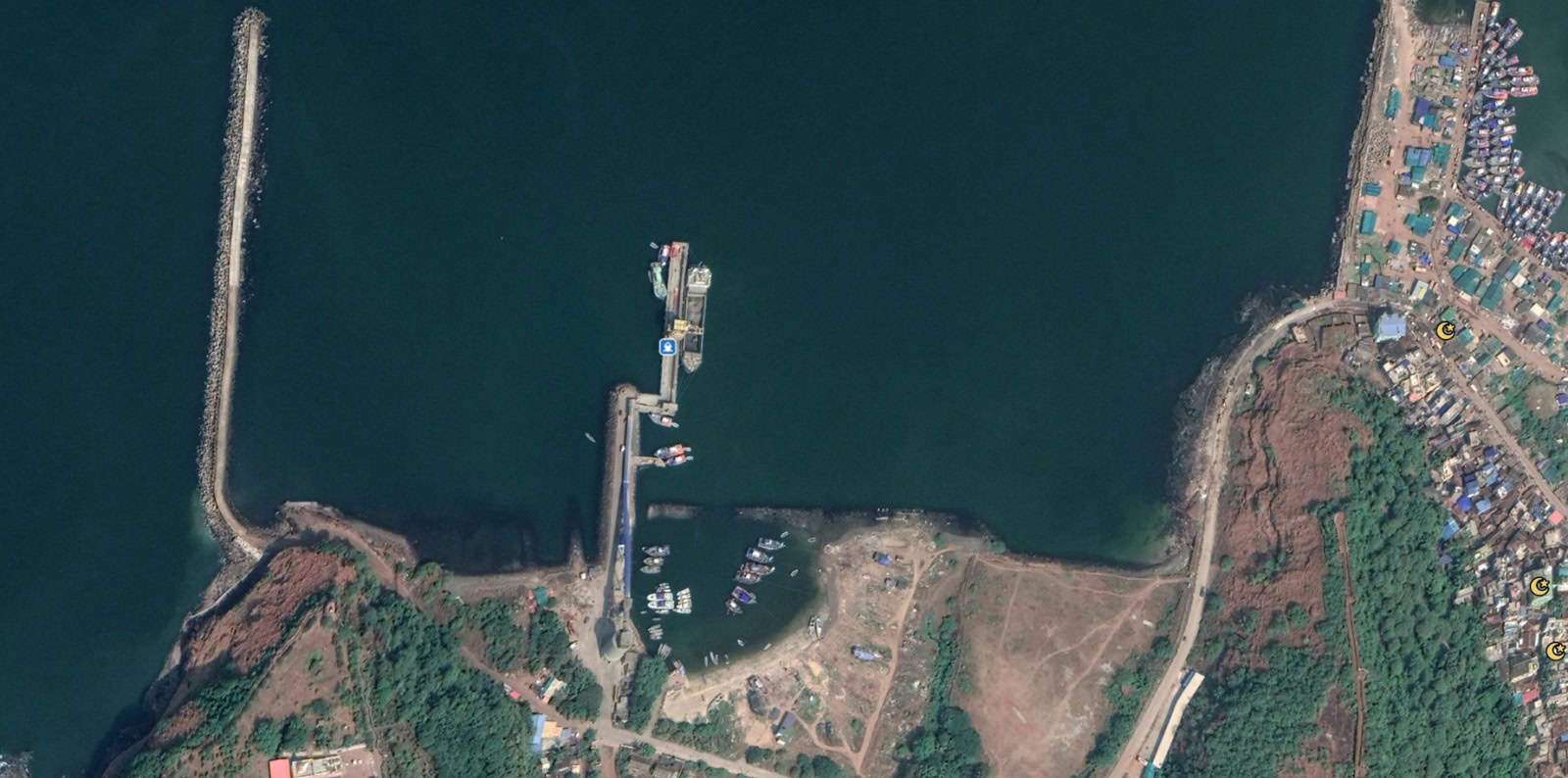The Ratnagiri Bhagwati Bunder Cruise Terminal is set to become a crucial part of India’s burgeoning cruise economy, strategically positioning itself as a key player in the growth story of Indian tourism. As the cruise industry continues to expand, the necessity for additional infrastructure becomes apparent, particularly to alleviate the pressure on the already overburdened cruise terminals in Mumbai and Goa.
Located in the picturesque district of Ratnagiri, the new cruise terminal promises to significantly boost local tourism. Ratnagiri, renowned for its natural beauty, historical landmarks, and cultural heritage, is set to attract a wave of international tourists thanks to this state-of-the-art facility. The new terminal will provide a gateway for tourists to explore the district’s pristine beaches, lush landscapes, and vibrant local culture, thereby enhancing the region’s profile on the global tourism map.
As Mumbai and Goa struggle to cope with the increasing number of cruise calls, the Ratnagiri Bhagwati Bunder Cruise Terminal emerges as a much-needed solution. The new terminal is designed to handle a high volume of cruise traffic efficiently, ensuring smooth operations and a superior experience for travellers. This strategic move will help distribute the cruise traffic more evenly across the region, promoting balanced economic growth and sustainability.
The new cruise terminal boasts a world-class, sustainable design that is set to elevate India’s status in the global cruise industry. Designed by the renowned architectural firm Designfakt International, the terminal is an architectural marvel. The visionary behind this project is the famous bridge architect Deep Dey, celebrated for his iconic Shunya Bridge in Mumbai. Deep Dey’s expertise and innovative approach are evident in the terminal’s design, which combines aesthetic appeal with functional excellence.
The terminal’s architecture is not just about aesthetics; it represents a harmonious blend of modern design and environmental responsibility. The structure incorporates sustainable materials and energy-efficient technologies, ensuring minimal environmental impact. This commitment to sustainability not only enhances the terminal’s operational efficiency but also aligns with global environmental standards.
With the proposal of the Ratnagiri Bhagwati Bunder Cruise Terminal, India is poised to make a significant mark on the global cruise tourism map. This terminal is more than just a docking point; it symbolizes India’s ambition and capability to offer world-class cruise experiences. As the country continues to grow as a major cruise destination, the Ratnagiri terminal will play a pivotal role in this transformation.
The Ratnagiri Bhagwati Bunder Cruise Terminal is set to become a landmark in India’s cruise tourism sector. Its strategic location, innovative design, and sustainable approach make it a critical asset for the future of Indian tourism. By easing the load on Mumbai and Goa’s terminals, it ensures a more balanced and efficient distribution of cruise traffic, thereby fostering regional growth and putting Ratnagiri on the global tourism radar. This terminal is not just an infrastructural development proposal; it is a testament to India’s commitment to creating world-class, sustainable tourism experiences.

